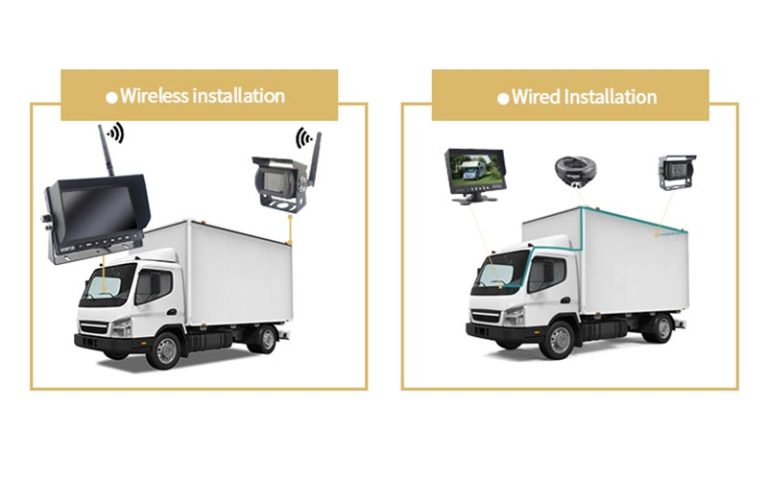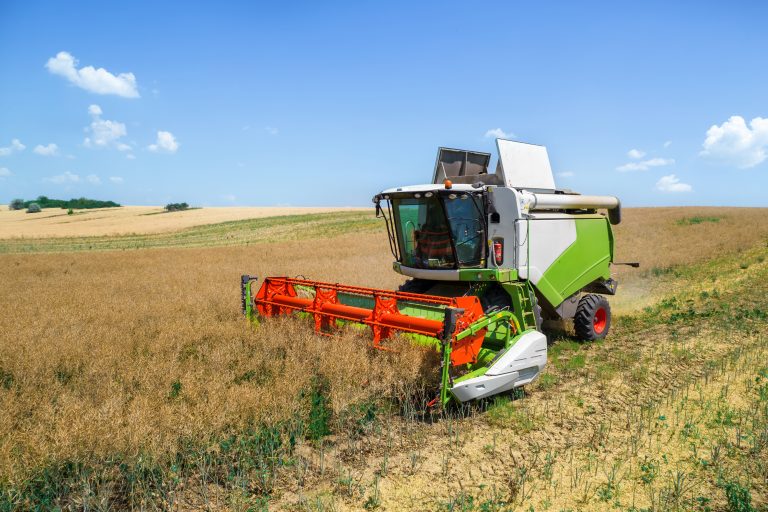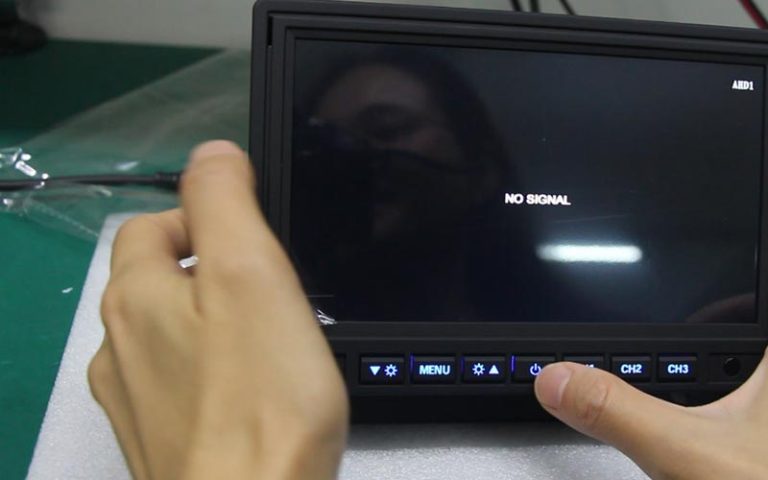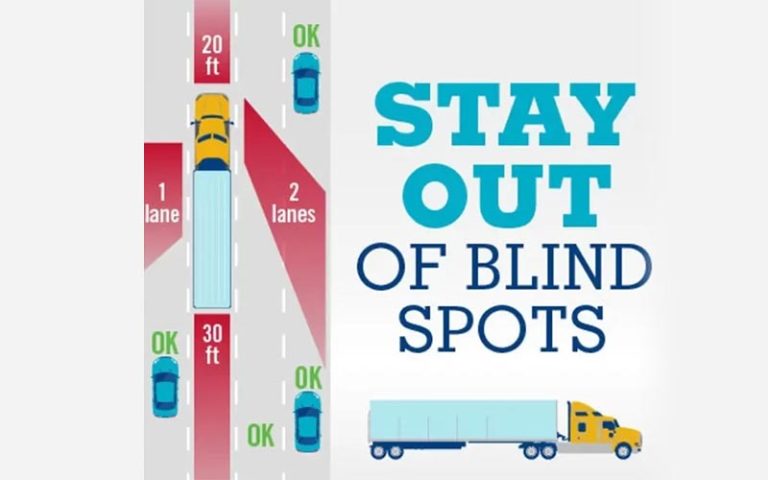With the widespread use of large vehicles in modern logistics, transport and construction, vehicle management and driver safety have become key focal points. In this context, as a core component of vehicle safety system, the reliability of vehicle rear view monitor is particularly important. In this paper, we will discuss in depth the strict requirements of the large vehicle operating environment on the reliability of the vehicle rear view monitor, in order to ensure the smooth operation of the vehicle.
Adapt To Extreme Weather Conditions
Large vehicles often operate in a variety of extreme meteorological conditions, such as cold, high temperature and so on. Therefore, the vehicle rear view monitor must work in a wide range of temperatures. Its electronic components and screen must withstand freezing low temperatures and scorching high temperatures to guarantee reliable operation of the system in any environment.
Vibration And Shock Resistance
Large vehicles usually travel on uneven roads and are often exposed to bumps and vibrations. Car rear view monitor must pass strict vibration and shock tests to ensure that its internal components are not damaged, to ensure that it can still provide a clear and reliable image when the vehicle is in motion.
Dust And Water Resistance
In construction sites or poor road conditions, large vehicles often face dusty, muddy and slippery conditions. Car rear view monitor should have good dustproof and waterproof performance to ensure that it can maintain its normal function in any weather and working conditions.
Multi-Camera Support And Screen Split Function
Considering that large vehicles need to be monitored in all directions, in-vehicle rearview monitors should support multi-camera inputs and have a screen splitting function to provide drivers with more comprehensive and accurate information. This helps to reduce the risk of blind spots and improve the safety of vehicle driving.
Durable And Stable Signal Transmission
The image transmission system of the in-car rear view monitor should have a high degree of stability to avoid signal interference or loss. This is crucial for real-time monitoring of the vehicle’s surroundings while driving.
Maintainability And Upgradeability
Due to the long service life of large vehicles, the Vehicle Mounted Rear View Monitor should have good maintainability and upgradability to adapt to changing technical and regulatory standards.
Night Vision Performance
Large vehicles are often transported at night, so it is important that in-vehicle rear view monitors have excellent night vision performance. Low-light camera technology should be used to ensure that a clear image is provided in low light conditions.
User Interface Design
Good user interface design is a key factor in ensuring that drivers can easily operate and access information in a timely manner. The display should provide intuitive menus and control options to allow for quick adjustments to the surveillance system while the driver is focused on the road conditions.
Large vehicle operating environments place extreme demands on the reliability of in-vehicle rearview monitors. Only through rigorous testing and design to ensure that the VRV monitor can operate stably under all kinds of extreme conditions can it better meet the safety and efficiency requirements of large vehicles. The reliability of VRV displays is not only directly related to the driver’s safety, but also has a profound impact on the operational efficiency of the entire fleet. In the future, with the continuous innovation of technology, the rear view monitor will continue to play an important role for the development of large vehicle industry to provide more comprehensive and intelligent solutions.





